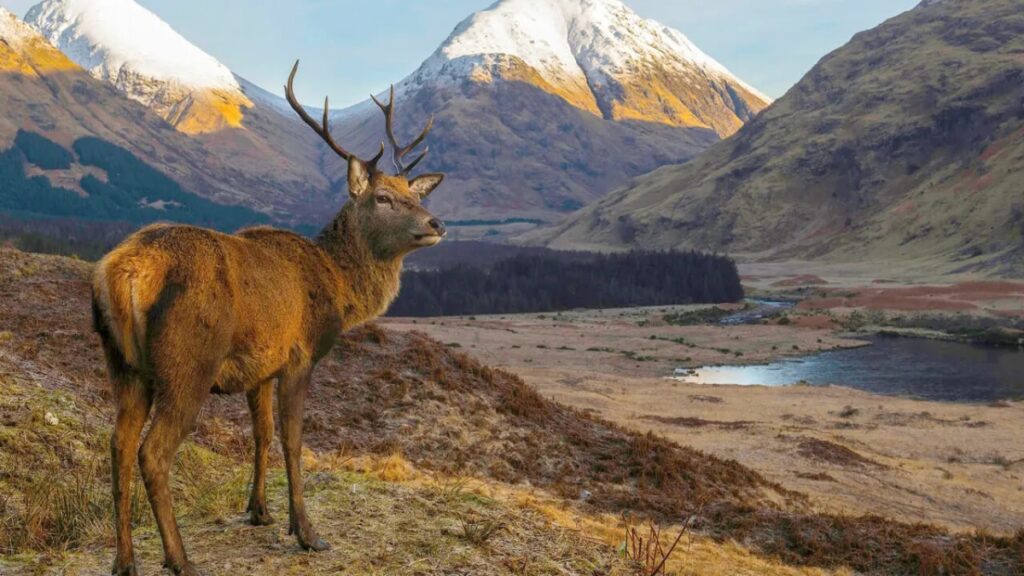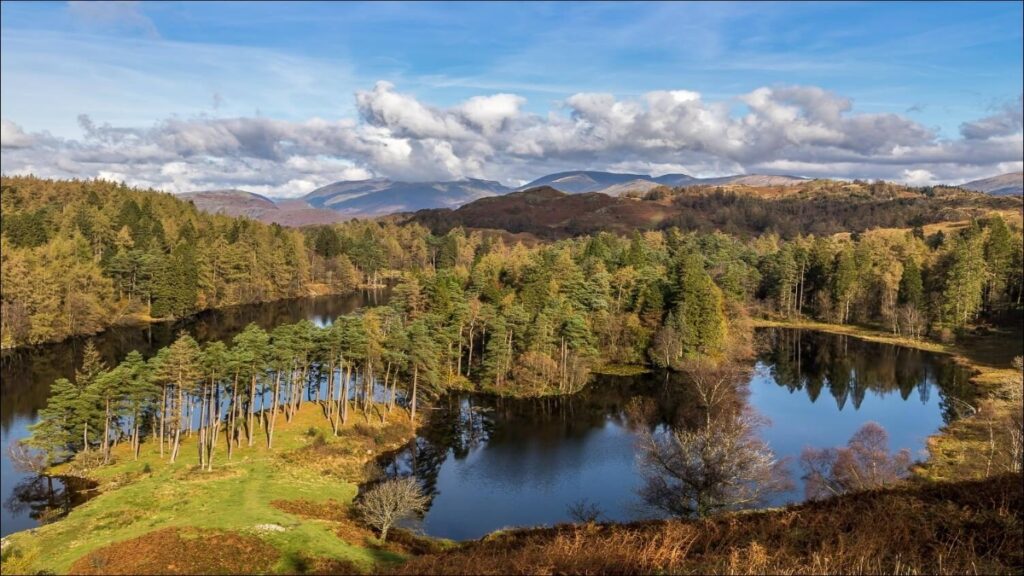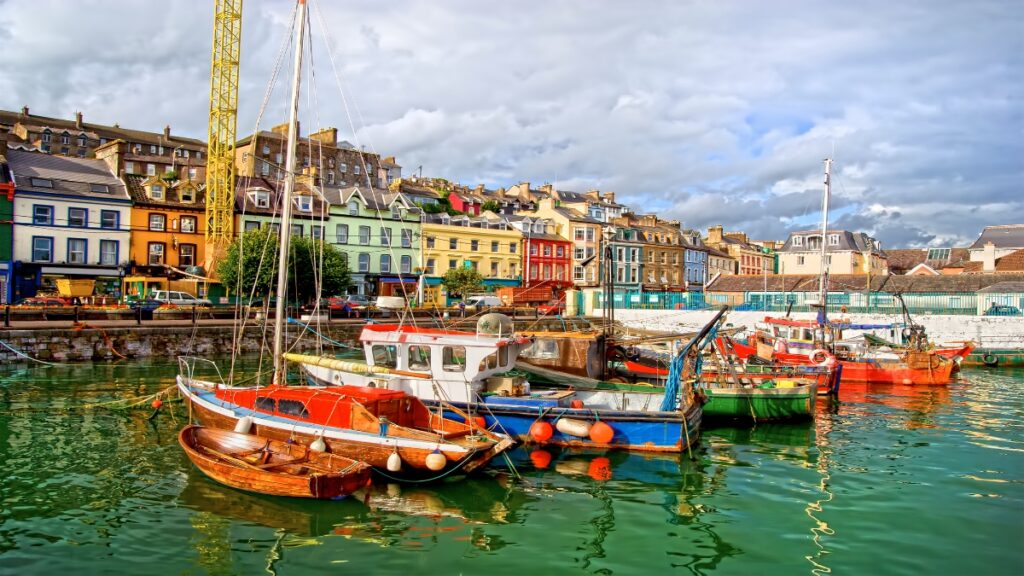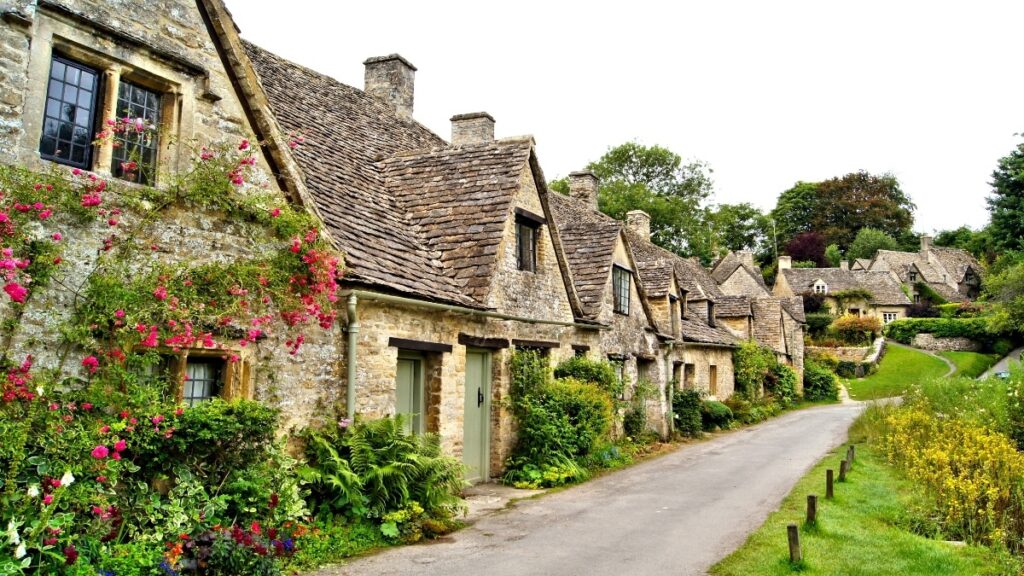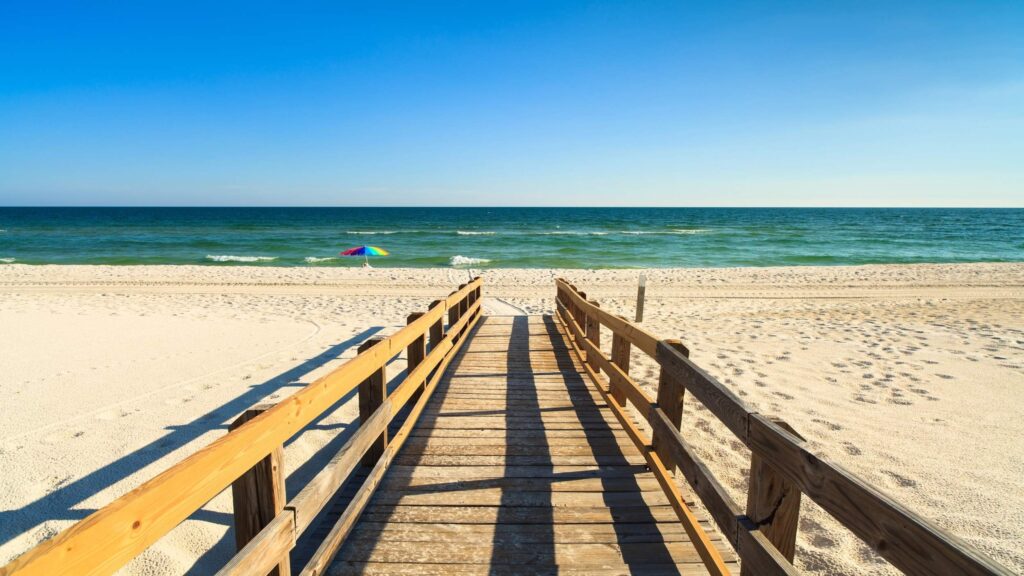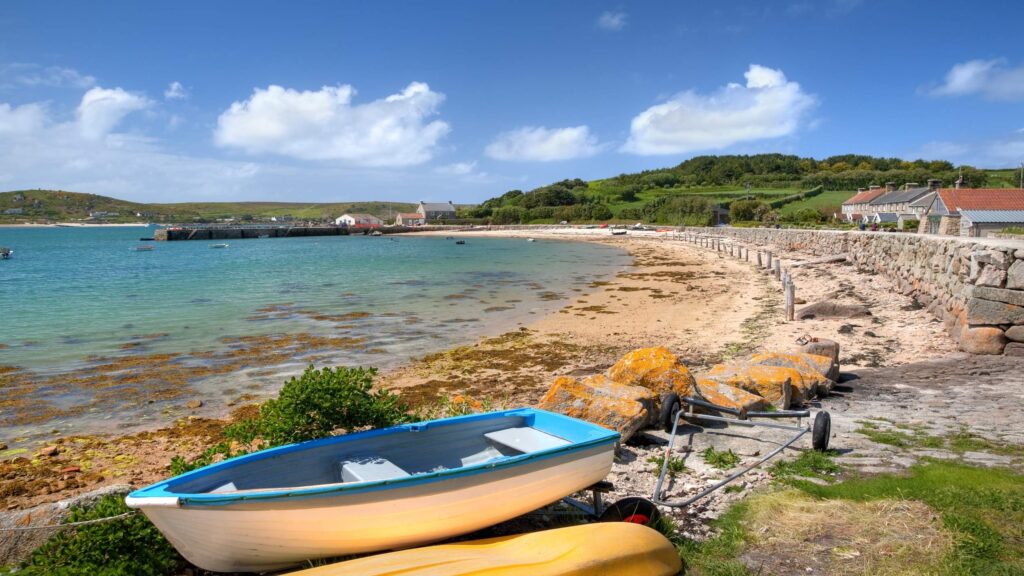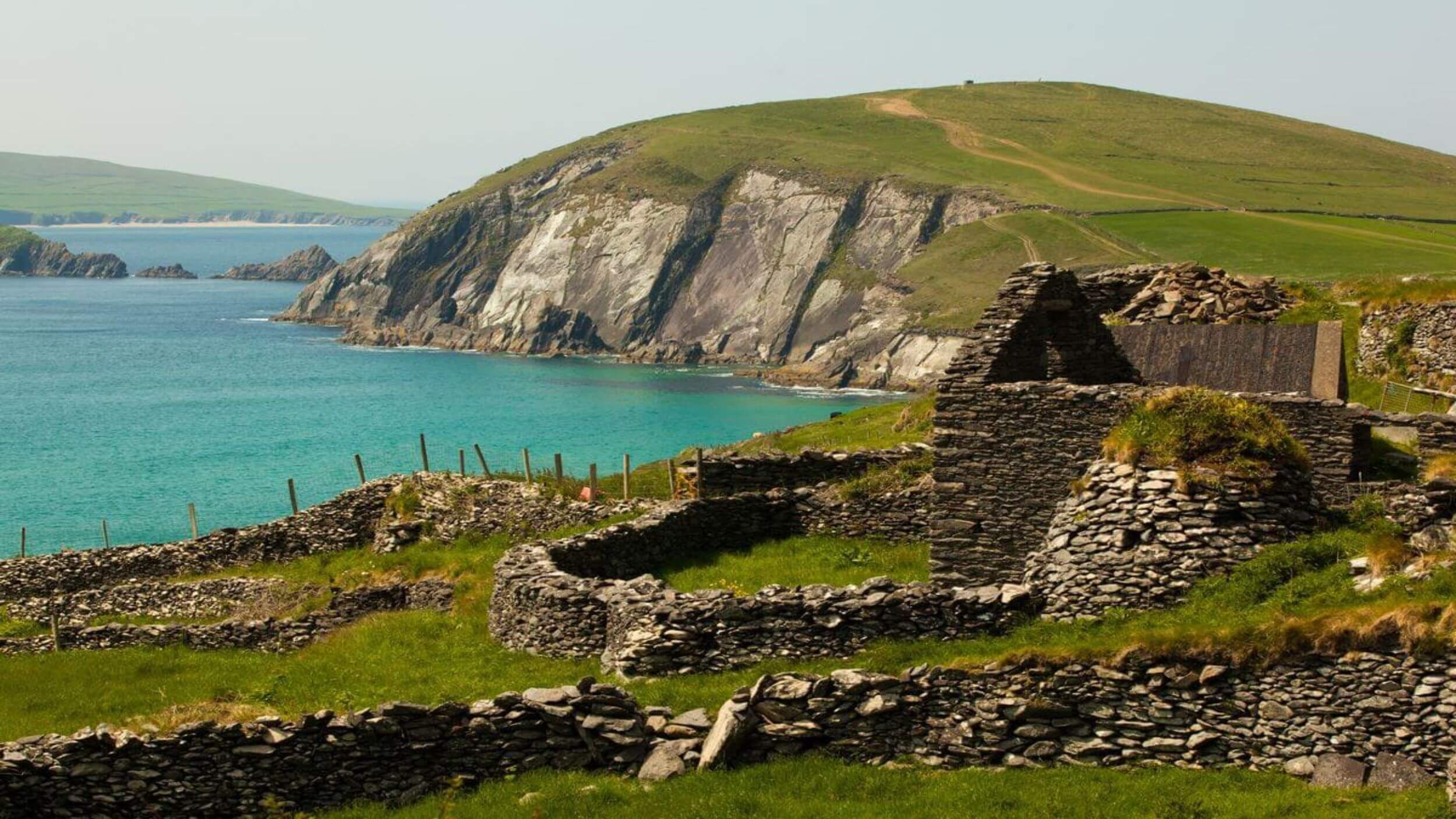
Exploring the breathtaking Slea Head Dingle was the highlight of my Irish adventure last summer. This circular route along the westernmost point of the Dingle Peninsula offers some of the most spectacular coastal scenery you’ll find anywhere in Ireland. As you venture through this rugged landscape, you’ll discover ancient ruins, pristine beaches, and charming villages that seem frozen in time. Furthermore, the dramatic cliffs and panoramic ocean views create an unforgettable backdrop for your journey.
Slea Head Dingle Peninsula: What You Need to Know
My first recommendation for visiting Slea Head Dingle Peninsula is to allocate at least a half-day for this journey, though a full day is ideal. The complete circuit spans approximately 47 kilometres, but don’t let this modest distance fool you. Along the way, you’ll want to make numerous stops to soak in the views, explore historic sites, and perhaps enjoy a refreshment at a local pub. Additionally, the narrow, winding roads require careful navigation, especially during the busy summer months.
For the best experience, start your journey early in the morning, ideally before 9:00 AM, to avoid the tour buses that begin arriving around 10:30 AM. The entire route can be driven in about 2 hours without stops, but I spent nearly 6 hours enjoying all the attractions along the way. In fact, many visitors spread their exploration over two days to fully appreciate each location.
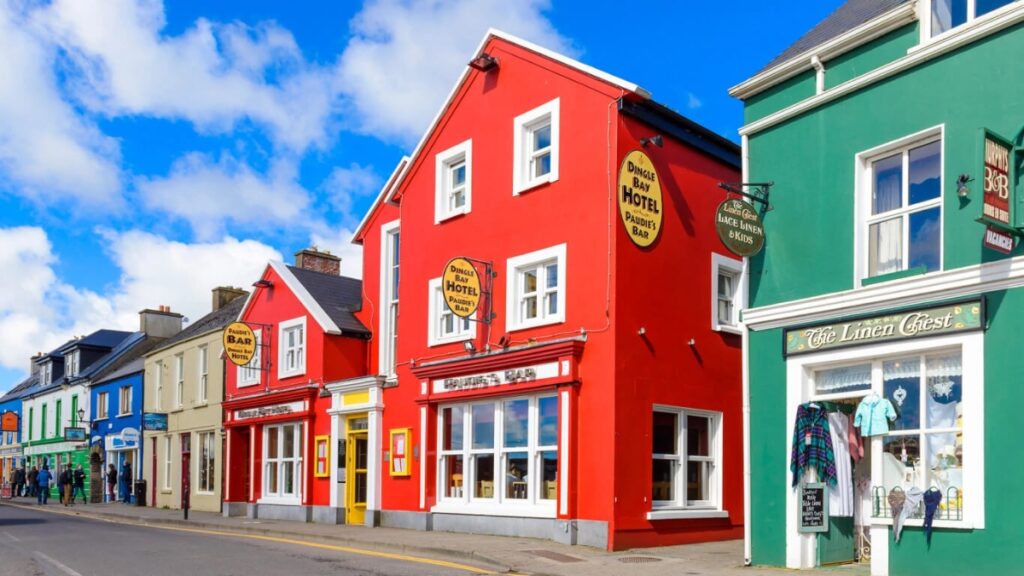
Slea Head Drive Route: Clockwise Is Key
When planning your Slea Head Drive, remember that travelling clockwise is not merely a suggestion—it’s essential. The narrow roads along certain stretches can barely accommodate a single vehicle, let alone two-way traffic. In addition, local authorities have established this one-way system to ensure safety and prevent gridlock during peak tourist seasons.
Your journey begins in the colourful town of Dingle, where you’ll find ample parking near the tourist office on Strand Street. From here, follow the signs for the R559 in the direction of Ventry. As you leave town, you’ll pass through rolling countryside dotted with sheep farms and stone walls. Moreover, these pastoral scenes provide a gentle introduction to the dramatic landscapes that await.
After about 15 minutes of driving from Dingle, you’ll reach the seaside village of Ventry with its magnificent 5-kilometre curved beach. This Blue Flag beach is perfect for a quick morning stroll, with sweeping views across Ventry Harbour. Besides its natural beauty, the beach offers safe swimming areas and facilities including toilets and changing rooms.
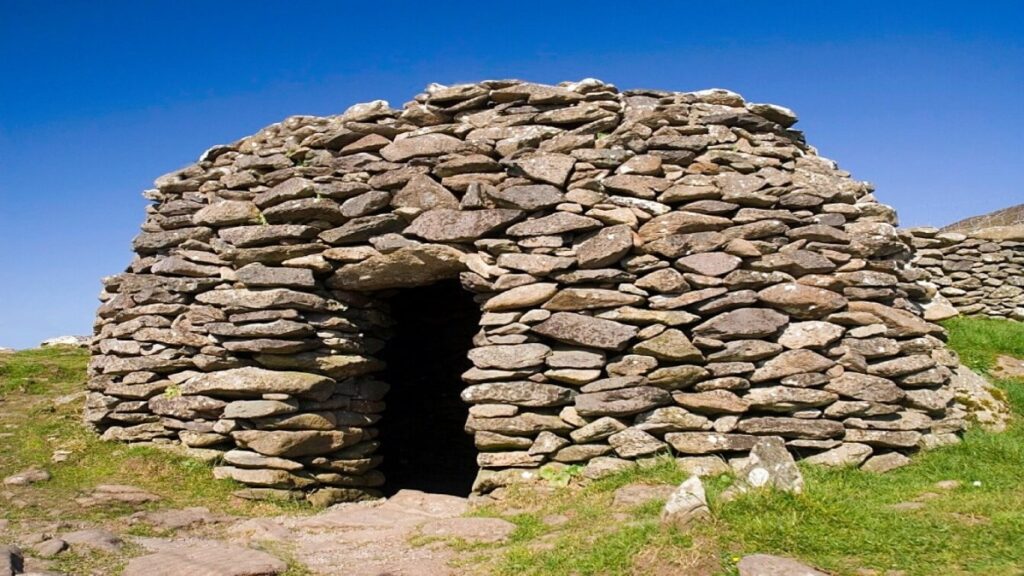
Slea Head Drive: Historic Sites and Ancient Ruins
Continuing west from Ventry, the Slea Head Drive climbs steadily, offering increasingly spectacular views. Within 10 minutes, you’ll reach the Fahan Beehive Huts, a collection of ancient stone dwellings dating back to the 8th century. These remarkably preserved structures showcase the ingenuity of early Irish settlers. Meanwhile, the panoramic views from this elevated position provide perfect photo opportunities of the coastline below.
Just 5 minutes further along the route stands Dunbeg Fort, perched dramatically on a promontory overlooking the Atlantic. This Iron Age fort features massive stone walls and was occupied until the 10th century. Subsequently, coastal erosion has claimed portions of the fort, making your visit both fascinating and poignant as you witness history gradually reclaimed by nature.
My personal highlight of the Slea Head Drive comes at the promontory of Slea Head itself, marked by a white crucifix. Here, the road hugs the clifftop so closely that it seems to hang over the ocean. On clear days, the views extend to the Blasket Islands to the west and the Skellig Islands to the south. In contrast to the busy visitor sites, this spot offers a moment of tranquil contemplation amidst the raw power of nature.

Slea Head Peninsula: Beaches and Film Locations
After rounding Slea Head, the drive continues north to Coumeenoole Beach, one of Ireland’s most photogenic stretches of sand. This beach gained fame as a filming location for the 1970 film “Ryan’s Daughter.” However, despite its beauty, swimming is dangerous here due to strong currents and undertows. Yet the beach makes a perfect spot for a picnic, with its golden sand and crystal-clear waters.
Just 10 minutes north of Coumeenoole, you’ll find Dunquin (Dún Chaoin), where you can see the famous “Sheep’s Highway” – a path that winds down the cliff that farmers used to move their sheep to and from the Blasket Islands. The Blasket Centre here offers fascinating insights into the island community that was evacuated in 1953. As a result of my visit, I gained a deep appreciation for the resilience of these islanders who maintained their unique culture despite harsh living conditions.
If time allows, take the passenger ferry from Dunquin pier to Great Blasket Island (April to October, weather permitting). The crossing takes about 20 minutes each way, and I recommend allowing at least 3 hours for your island visit. While exploring the abandoned village, you might spot seals, dolphins, and numerous seabirds. Above all, the sense of isolation and wild beauty makes this detour worthwhile.
Exploring Slea Head Ireland’s Film Connections
Film enthusiasts will recognize several locations along Slea Head Ireland’s coastline from major productions. Besides “Ryan’s Daughter,” parts of “Far and Away” and more recently, “Star Wars: The Last Jedi” were filmed in this area. The distinctive landscape of Ceann Sibéal (Sybil Head) served as a Star Wars set, with elaborate beehive hut replicas constructed for filming. Although the set has been removed, the dramatic headland remains impressive.
Moving inland from Dunquin, the route passes through Ballyferriter (Baile an Fheirtéaraigh), a vibrant Irish-speaking village with several excellent pubs. The Corca Dhuibhne Regional Museum here displays archaeological finds from the peninsula and is worth a 45-minute visit. Meanwhile, local craftspeople sell their wares in several small galleries throughout the village.
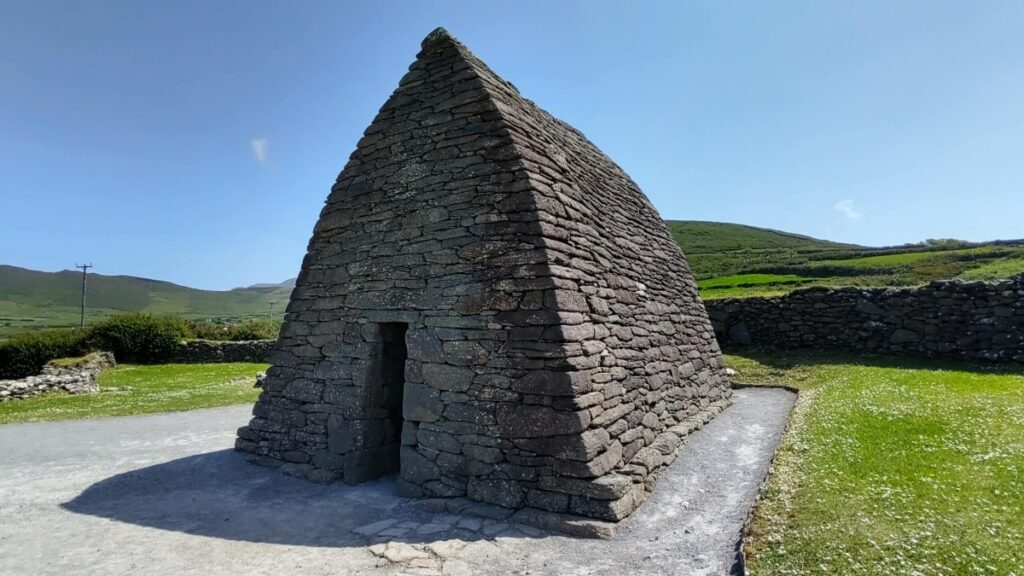
Dingle Peninsula Drive: Ancient Christian Sites
North of Ballyferriter, the Slea Head Drive passes several early Christian monuments. Gallarus Oratory is one of the best-kept early Christian churches in Ireland, built over 2000 years ago. Its stone construction resembles an upturned boat and has remained watertight for over 1,200 years. In addition, the site features informative displays and a small café where you can enjoy homemade scones and tea.
About 15 minutes from Gallarus, you’ll find the excavated monastic site of Reask. This lesser-visited archaeological treasure features elaborately carved stone slabs and the foundations of several buildings. Since it receives fewer visitors than other sites, you might have this atmospheric spot entirely to yourself.
The fishing village of Ballydavid (Baile na nGall) marks the northernmost point of the Slea Head Drive. This working harbour offers authentic glimpses into traditional fishing practices. Consequently, it’s an excellent place to sample fresh seafood at Murphy’s Pub, where the catch of the day is always spectacular.
The Northern Section of Slea Head Dingle Peninsula
One fascinating stop along the northern section is Brandon Creek, from where St. Brendan allegedly set sail for America in the 6th century, predating Columbus by nearly a millennium. The narrow inlet is surrounded by steep cliffs and can be treacherous in rough weather. During my visit, local fishermen were launching their small boats using traditional methods passed down through generations.
Mount Brandon takes over the view as you keep going east, rising 952 meters as Ireland’s second highest mountain. For the adventurous, a 5-hour hiking route leads to the summit, offering unparalleled views across the peninsula. Otherwise, the drive along its base provides plenty of photo opportunities of this majestic mountain.

Returning to Dingle: Completing the Circuit
The final stretch of the Slea Head Drive passes through Ballyknock and Lispole before returning to Dingle town. The entire circuit brings you back to your starting point, making navigation straightforward. After completing this journey, you’ll understand why the Dingle Peninsula Drive is considered one of the world’s most scenic coastal routes.
Back in Dingle, treat yourself to a well-deserved meal at Dick Mack’s or The Fish Box. Both places serve great seafood caught fresh each day from nearby waters. Later, you might enjoy traditional Irish music sessions at O’Sullivan’s Courthouse Pub, which typically begin around 9:30 PM and continue late into the night.
Practical Tips for Slea Head Drive Ireland
When driving along Slea Head Drive Ireland, remember these essential tips for a smooth journey:
- Drive on the left and yield to oncoming traffic at narrow sections
- Allow 4-6 hours minimum for the complete circuit with stops
- Bring layers of clothing as weather can change rapidly
- Carry cash as some smaller attractions and cafés don’t accept cards
- Download offline maps before your trip as mobile reception can be patchy
For accommodation options, I recommend spending at least one night in Dingle town. Pax House offers luxurious rooms with panoramic views, while Dingle Bay Hotel provides comfortable mid-range accommodations in the town centre. For budget travellers, Rainbow Hostel offers clean, affordable rooms within walking distance of all amenities.
My final advice for experiencing Slea Head Dingle is to embrace the unexpected. Some of my most memorable moments came from unplanned stops and conversations with locals. Similarly, don’t rush—this journey deserves to be savoured rather than hurried. After all, the magic of the Dingle Peninsula isn’t just in its landscapes but in the timeless quality that pervades this special corner of Ireland.
Our Destinations: Your Inspiration!
PS — Planning a Vacation Soon? Use My Proven Booking System!
My personal travel experiences have shaped this list of reliable resources I use consistently. In fact, by utilizing these links, you’ll simultaneously support Softfootprints independent travel journalism while paying nothing extra yourself.
1. Omio
This platform searches hundreds of airlines worldwide for optimal flights. As a result, you’ll never miss route options or deals.
2. Booking.com
Finding perfect accommodations becomes effortless with their extensive inventory. In addition, customer reviews help me choose properties confidently.
3. Rentalcars
When exploring destinations, having your own vehicle provides unmatched flexibility. Not only do I always select full coverage, but I also prefer reliable companies like Alamo, Hertz, or Sixt.
4. Viator and Get Your Guide
These complementary platforms help me discover exceptional local experiences. Similarly, both offer easy booking policies. However, I check both since their inventory varies by destination.
5. EKTA Insurance
International travel protection should never be overlooked. Subsequently, their coverage against illness, injuries, theft, and cancellations gives me peace of mind. Meanwhile, their 24-hour assistance ensures help is always available when needed.
The coverage options they offer include tailored packages with round-the-clock emergency assistance. Of course, this makes them ideal for international travellers.
6. Priority Pass
Airport comfort becomes accessible with this global lounge network. Indeed, it’s my first check during layovers. After ten years as a member, having a peaceful retreat enhances my entire travel experience.

